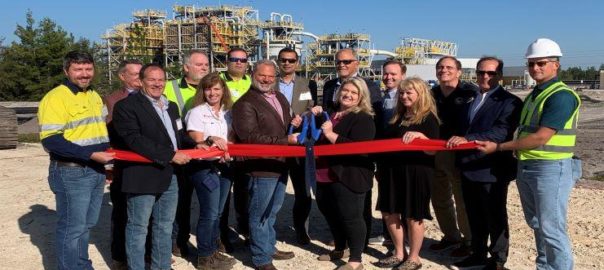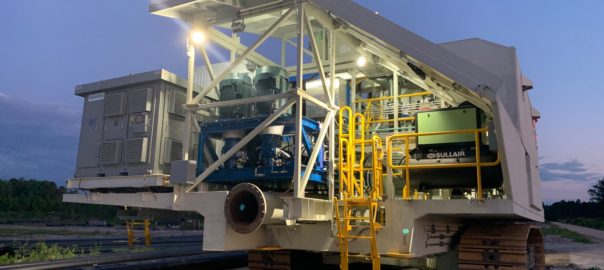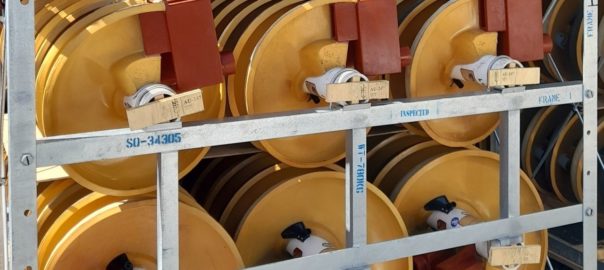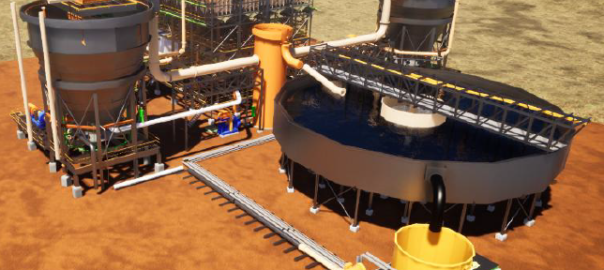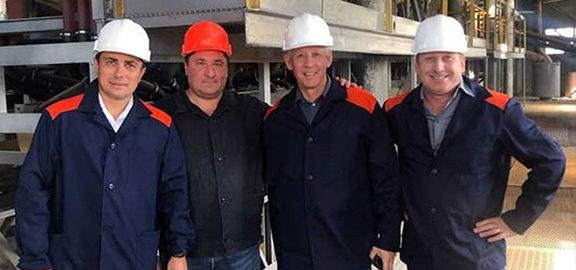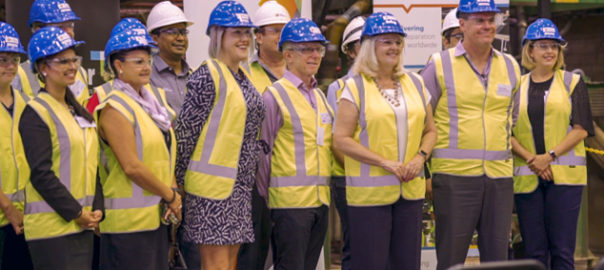The Chemours Company has held a ribbon cutting event for key community stakeholders and legislators to officially recognise the startup of its newest mineral sand mine, Trail Ridge South, in Florida, USA.
The new mining operation, which kicked off commissioning in August, represents a $93 million investment that will create approximately 50 new jobs in the three-county area.
The project to expand its mining operations will allow Chemours – the only domestic producer of titanium and zirconium minerals and one of only two domestic producers of rare earth minerals – to have additional access to these high-quality concentrated deposits used to produce Chemours’ Ti-Pure™ brand of titanium dioxide (TiO₂).
“A reliable supply of quality ilmenite and other minerals is critical to our ability to serve customers,” Mark Smith, Vice President of Operations for Chemours Titanium Technologies, said. “Sourcing those resources from a community we’re already so deeply connected to makes it even better – it’s a win-win. We’re incredibly proud to call Clay County home and look forward to many years of safe operations and partnership.”
Chemours’ sand mining approach uses environmentally responsible processes that have minimal impact on the environment and provides for full land reclamation when mining is complete, the company says. Constructed in approximately 13 months, the Trail Ridge South facility was designed using a modularisation concept, where modules were built off-site and then shipped to the site for assembly. Modularisation allows the facility to be more easily moved in a shorter timeframe at the end of the mining life of the site, which is anticipated to be approximately eight years.
The new mining facility took 150,000 man-hours to construct with zero recordable injuries. In addition, the site’s leaders worked closely with regulatory agencies to obtain required permits and ensure there was no adverse impact to the environment.
In addition, Trail Ridge South will incorporate Mobile Mining Units (MMUs) designed by Carrara, Queensland, Australia-headquartered Downer company Mineral Technologies that address environmental concerns with traditional dredge mining. The MMUs allow the site to have much lower emissions, reduced dust levels, and improved safety by removing conventional hauling trucks. In addition, the facility will recycle 98% of the water used in the manufacturing process – providing sustainable solutions while still meeting the Chemours’ commitment to process minerals. Trail Ridge South process water and water treatment ponds are all constructed above ground, with approximately 39 million gallons (177.3 million litres) of storage capacity.







